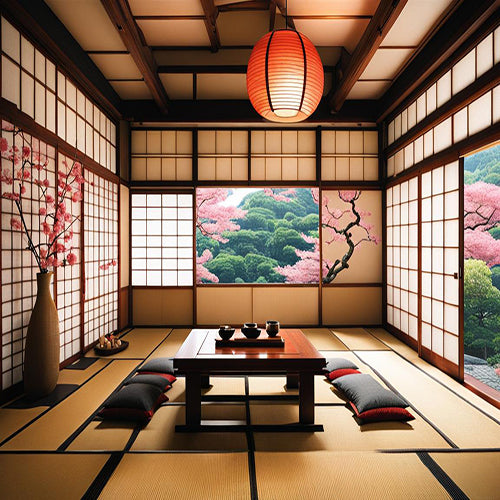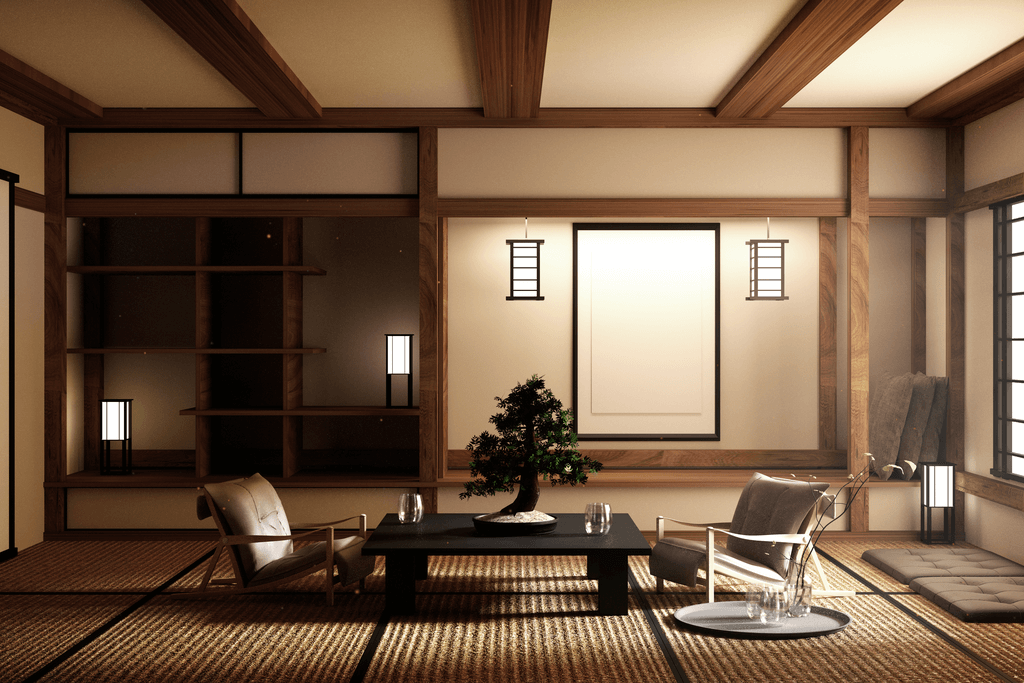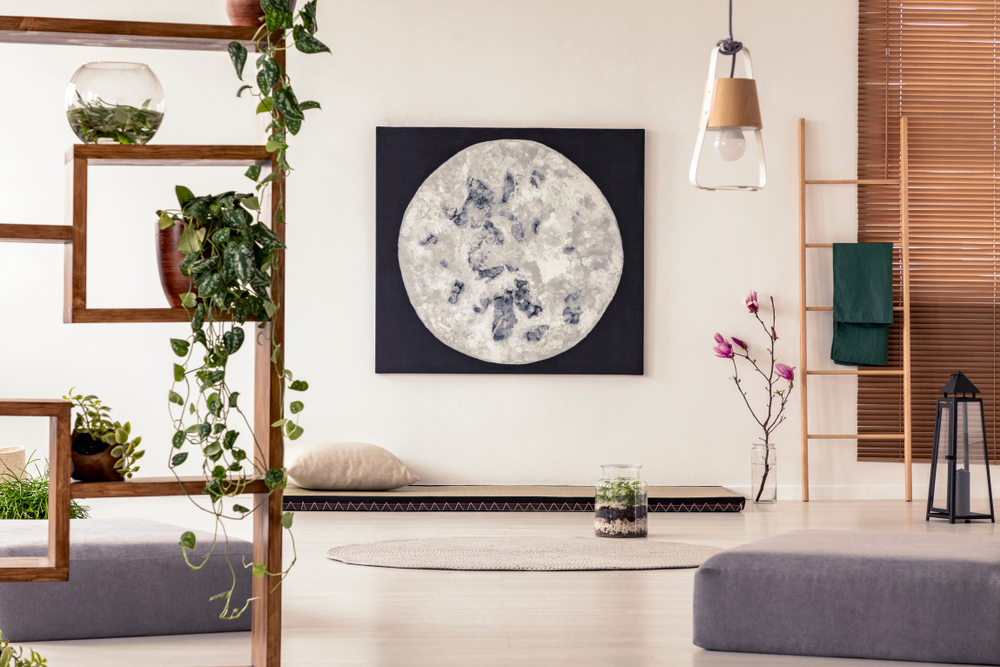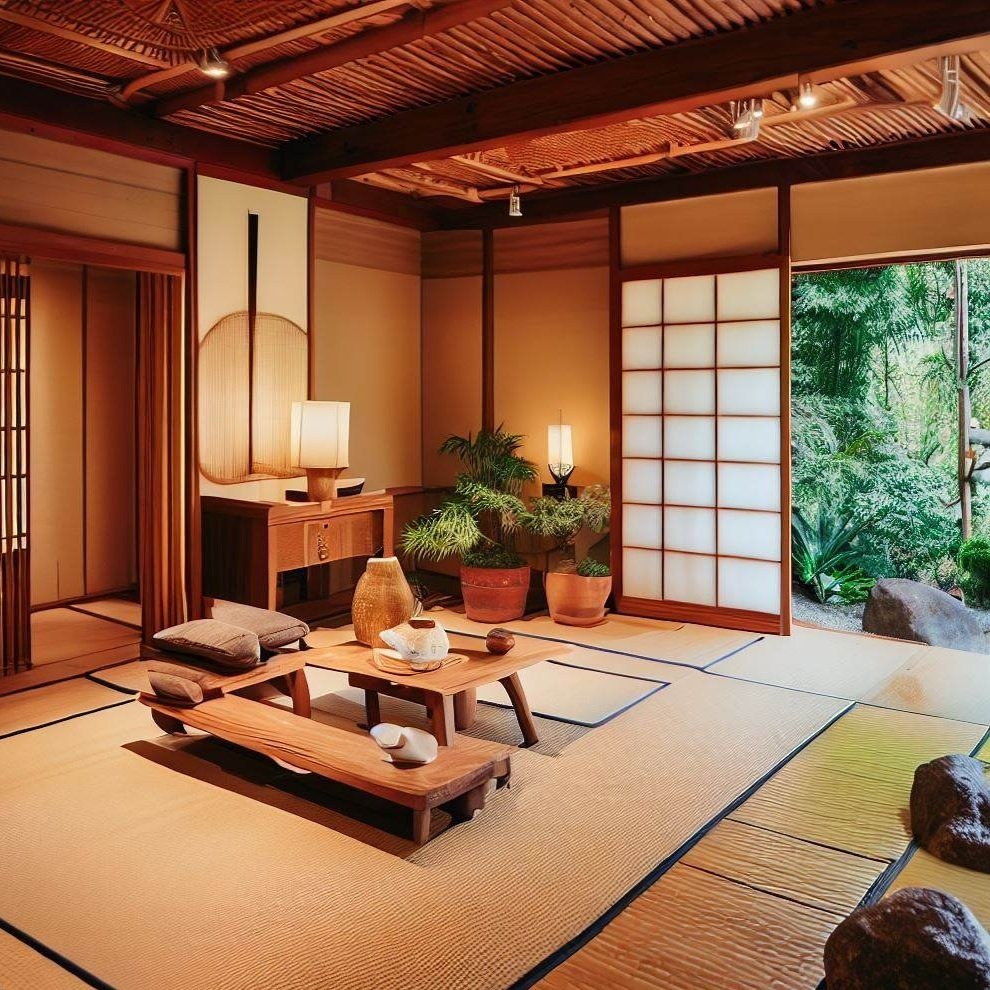Japanese home decor, with its harmonious blend of simplicity, elegance, and a connection to nature, has gained immense popularity worldwide. Whether you’re looking to completely redesign your living space or incorporate just a few elements, this guide will help you navigate the principles and key components of this beautiful style. Based on my personal experiences and extensive research, I aim to provide you with practical tips, inspiring ideas, and everything you need to embrace the essence of Japanese aesthetics in your home.
Understanding the Principles of Japanese Home Decor
To truly appreciate and implement Japanese home decor, it’s crucial to understand a few foundational principles:
1. Simplicity
One of the cornerstones of Japanese decor is simplicity. The idea is to create a space that feels uncluttered and peaceful. This can be achieved by selecting only essential pieces and ensuring that every item has a purpose.
2. Natural Materials
Japanese decor often emphasizes the use of natural materials such as wood, stone, bamboo, and paper. These materials help in creating a warm and inviting atmosphere while also connecting the interiors with nature.

3. Balance Between Indoor and Outdoor
In traditional Japanese culture, there is a strong emphasis on blending indoor and outdoor spaces. Large windows, sliding doors, and gardens are commonly used to create this connection.
4. Minimalism
The Japanese philosophy of minimalism encourages homeowners to declutter their spaces. Adopting a minimalistic approach allows for serene environments that promote relaxation and mindfulness.

Key Elements of Japanese Home Decor
1. Shoji Screens
Shoji screens are sliding doors or room dividers made of wooden frames and translucent paper. They allow natural light to filter through while maintaining privacy. Integrating shoji screens in your home can create a seamless transition between spaces.

Pros and Cons of Shoji Screens
| Pros | Cons |
|---|---|
| Allows natural light | Requires careful maintenance |
| Creates an open feel | Can be expensive to install |
| Adds authentic Japanese touch | Not very soundproof |
2. Tatami Mats
Tatami mats are traditional Japanese flooring made from rice straw. Besides being comfortable, they regulate humidity and temperature, making them an ideal choice for any season.

Pros and Cons of Tatami Mats
| Pros | Cons |
|---|---|
| Natural insulation properties | Can be prone to mold if not cared for |
| Eco-friendly | Requires specific cleaning methods |
| Creates a soothing atmosphere | Not suitable for high-traffic areas |
3. Fusuma
Fusuma are sliding doors that are often decorated with beautiful paintings or patterns. They serve to separate rooms and add an aesthetic appeal to the interior.

4. Zen Gardens
Incorporating a Zen garden into your home can contribute to a tranquil atmosphere. These gardens typically feature gravel, rocks, and greenery, creating a serene space for reflection.
Creating Your Own Zen Garden
- Select a quiet corner in your home or backyard.
- Prepare the ground and lay down landscaping fabric.
- Fill the area with fine gravel or sand.
- Add rocks and minimalist plants like moss or succulents.

Colors and Textures in Japanese Decor
Color Palette
Japanese decor often features a muted color palette that reflects the natural environment. Think of soft earth tones, greens, and subtle blues. These colors foster a calm and relaxing atmosphere.

Textures
Texture plays a significant role in Japanese home decor. A mix of smooth surfaces (like polished wood) and softer textures (such as woven fabrics) can create visual interest while maintaining harmony.
Furniture in Japanese Home Decor
Traditional vs. Modern
When choosing furniture for your Japanese-inspired space, you have the option of sticking to traditional styles or opting for modern interpretations. Here’s a comparison:
| Traditional Furniture | Modern Furniture |
|---|---|
| Low tables (Chabudai) | Minimalist coffee tables |
| Futons and tatami beds | Contemporary beds with storage |
| Wooden armoires for storage | Sleek cabinets with clean lines |
Incorporating Japanese Decor in Your Home
Step-by-Step Guide
Here’s how you can seamlessly integrate Japanese decor into your home:
- Start with a Neutral Base: Paint your walls in soft, neutral colors.
- Incorporate Natural Materials: Use wood, bamboo, and stone in your furnishings.
- Add Plants: Introduce greenery to bring life to your spaces.
- Invest in Quality over Quantity: Focus on fewer, high-quality decor items that resonate with you.
- Utilize Natural Light: Maximize your use of natural light through windows and light, airy fabrics.
Japanese Decor FAQs
What is the most common color scheme in Japanese home decor?
The most common color schemes are soft neutrals such as beige, white, muted greens, and browns that reflect the natural environment.
How can I make my home feel more Japanese?
To create a Japanese feel, focus on simplicity, natural materials, and incorporating elements like shoji screens, tatami mats, and plants.
What type of furniture is used in a Japanese-style home?
Furniture in Japanese homes typically includes low tables, futons, and wooden storage cabinets, emphasizing minimalism and functionality.
Is Japanese decor suitable for small spaces?
Yes! Japanese decor often utilizes space efficiently and focuses on functionality, making it ideal for small homes.
How do I create a Zen-like atmosphere in my home?
To create a Zen-like atmosphere, declutter, use calming colors, incorporate natural materials, and add elements like a Zen garden or water feature.
Final Thoughts
Embracing Japanese home decor doesn’t just transform your living space; it offers a lifestyle shift toward mindfulness, simplicity, and appreciation of beauty in the everyday. By incorporating these principles and elements, you can create a tranquil haven that reflects the serene and balanced characteristics of Japanese aesthetics. Whether you choose to redecorate your entire home or adopt a few key pieces, remember that the essence lies in your connection to the space you create. Happy decorating!